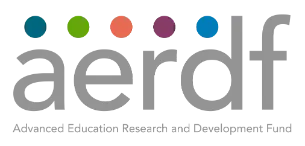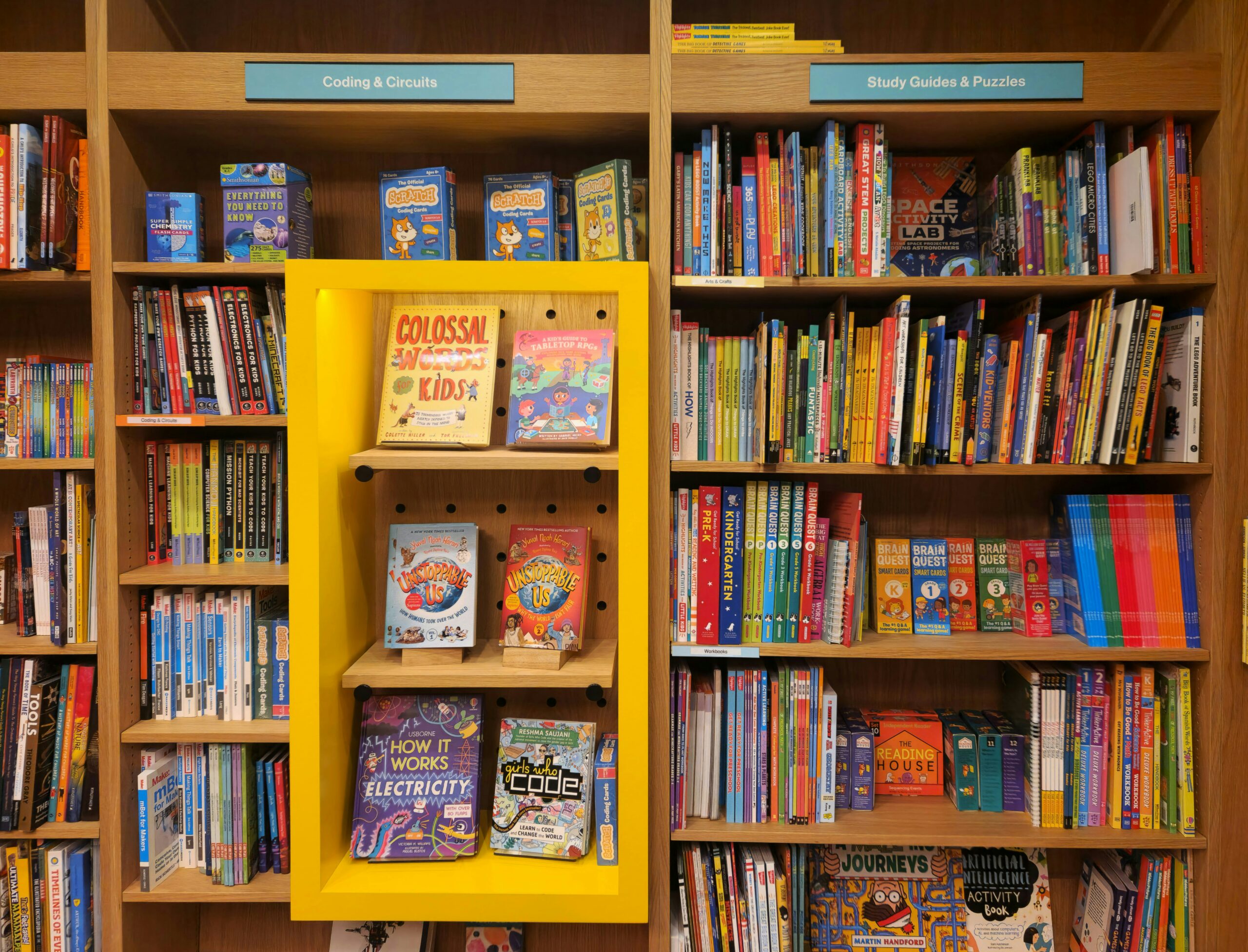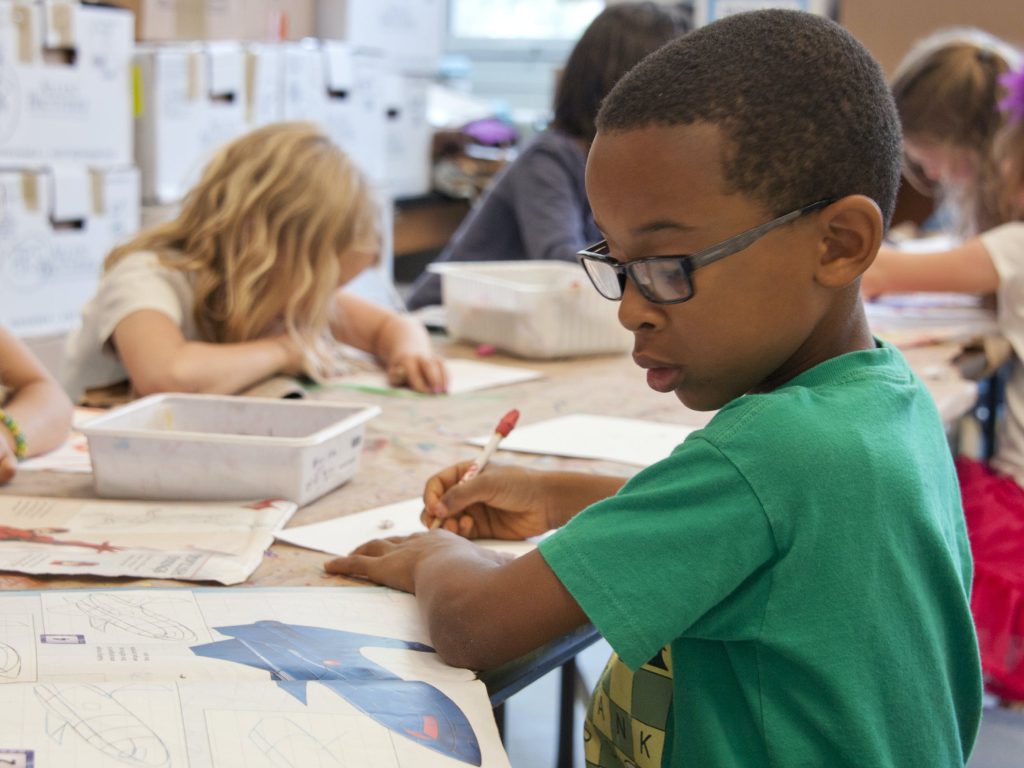The NWEA results show achievement gaps continuing to widen. For example, Asian students are showing some growth, but made fewer gains in math last year than during the pre-COVID years. White, Black and Hispanic students, however, continue to lose ground. In both elementary and middle school, Hispanic students need the most additional instruction to reach pre-COVID levels, the data shows.
In reading, the gap between pre-pandemic growth and current trends widened by an average of 36%, compared with 18% in math. It’s possible, Karyn Lewis, director of research and policy partnerships for NWEA added, that districts focused extra recovery efforts on math because initial data on learning loss showed those declines to be the most severe.
But that’s left many students without the reading skills to tackle harder books and vocabulary as they move into high school, said Rebecca Kockler, who leads Reading Reimagined, a project of the nonprofit Advanced Education Research and Development Fund. The organization is funding research to find which literacy strategies work with adolescents, who are easily turned off by books intended for young kids. The pandemic, she said, only exacerbated a longstanding literacy problem for older students.
“About 30% of American high schoolers for 30 years have been proficient readers, and that really hasn’t changed,” said Kockler, a former Louisiana assistant superintendent who oversaw a redesign of the state’s reading program. “It’s always the hardest to move middle school reading results, and even some of the success we would see in fourth grade didn’t always carry up into middle school.”
Read the article here.




